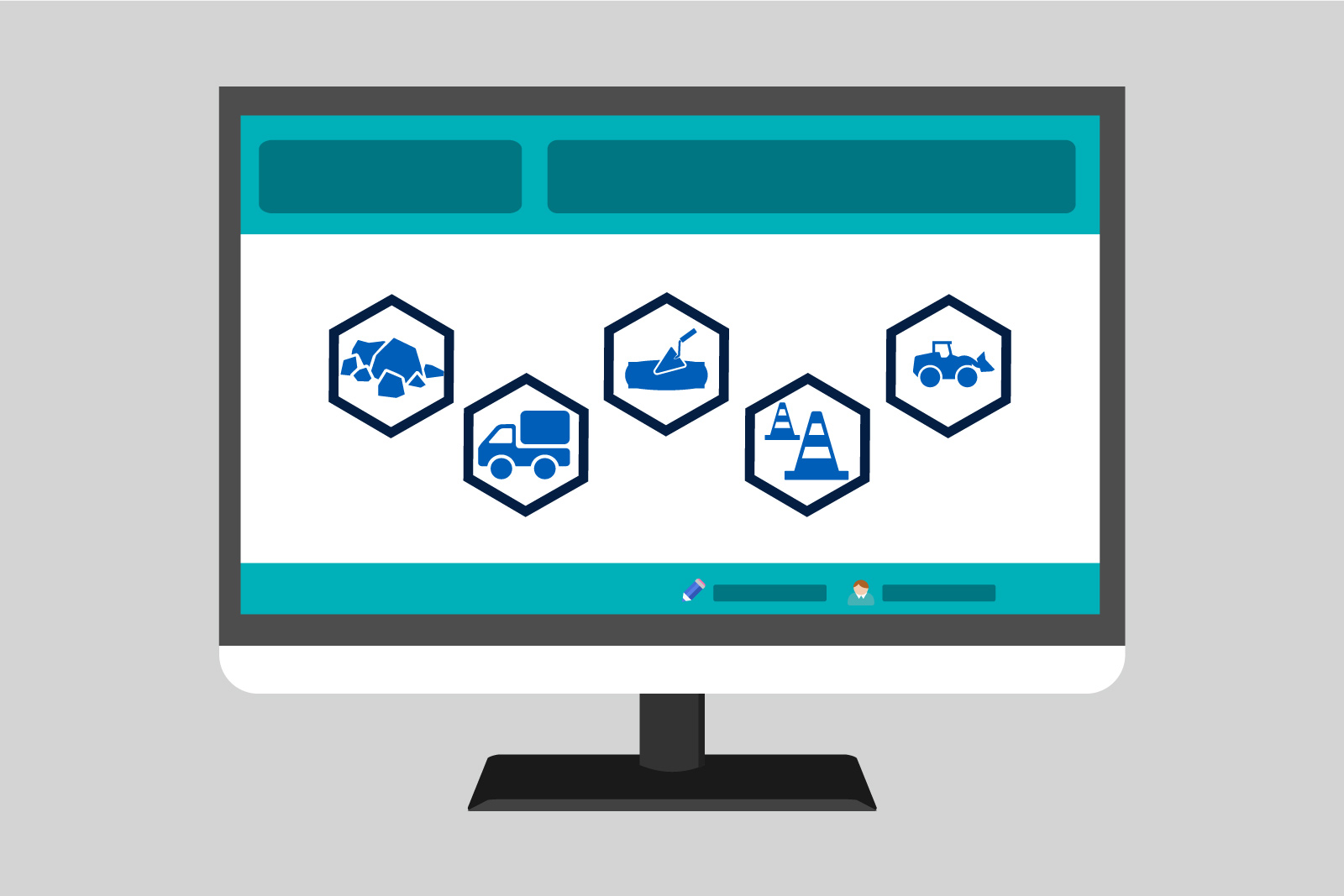Do you know how long print and TV advertisers have to grab someone's attention before they lose interest and move on? Seven seconds or less.
In the digital world, though, it's even harder. Here, your customers are scrolling through an endless news feed that's littered with big, bold graphics and videos. In social media and email, you have just a fraction of one second to convince your followers to spend more time on your post before moving on--so when you send an email or post on social media, you're going to need to provide some high-quality, highly engaging content right off the bat. My recommendation? Infographics are where it's at.
Customers love infographics, and who can blame them? They're pretty to look at, easy to understand and informative all at the same time.
A good infographic provides the visual interest to draw your customers in amongst all of the other emails, webpages and social media posts they're bombarded with. And since infographics are packed with so much informative content, customers are able to learn a lot in just a few seconds. This is a double-win: If the customer needs to move on, they leave informed about your product. On the other hand, if they took the time to read and digest your entire infographic, they're probably interested in the subject matter and they're ready to dive deeper into your website.
Not convinced yet? Try it yourself: Which do you think is faster to read and understand? The right or the left?


According to Forbes, 90 percent of all information we remember is based on visual information, and businesses that use infographics see 12 percent more web traffic than those who don't.
Infographics can be elaborate or they can be simple. All that matters is that you place valuable information in a visual form. When you're ready to create your own infographic, start at the beginning: pick your topic. Like I mentioned in my last post on being helpful to your customers, it's OK to provide an infographic around products or services that you don't offer yourself (as long as they're somehow related to your business). Do some research and gather interesting details that others might not know. Then put it all together with icons and numbers to visually display data. Try not to overload your infographic with too many images--aim for an even balance of images to text.
You'll be amazed how well-received your infographics will be in your digital marketing campaigns. Be sure to hold onto your newly created infographics for my next topic in this series: Establishing an email marketing campaign!
Still reading? You know good information when you see it. We've pooled our combined years of experience to create a number of valuable guides that you may download and read for free.


